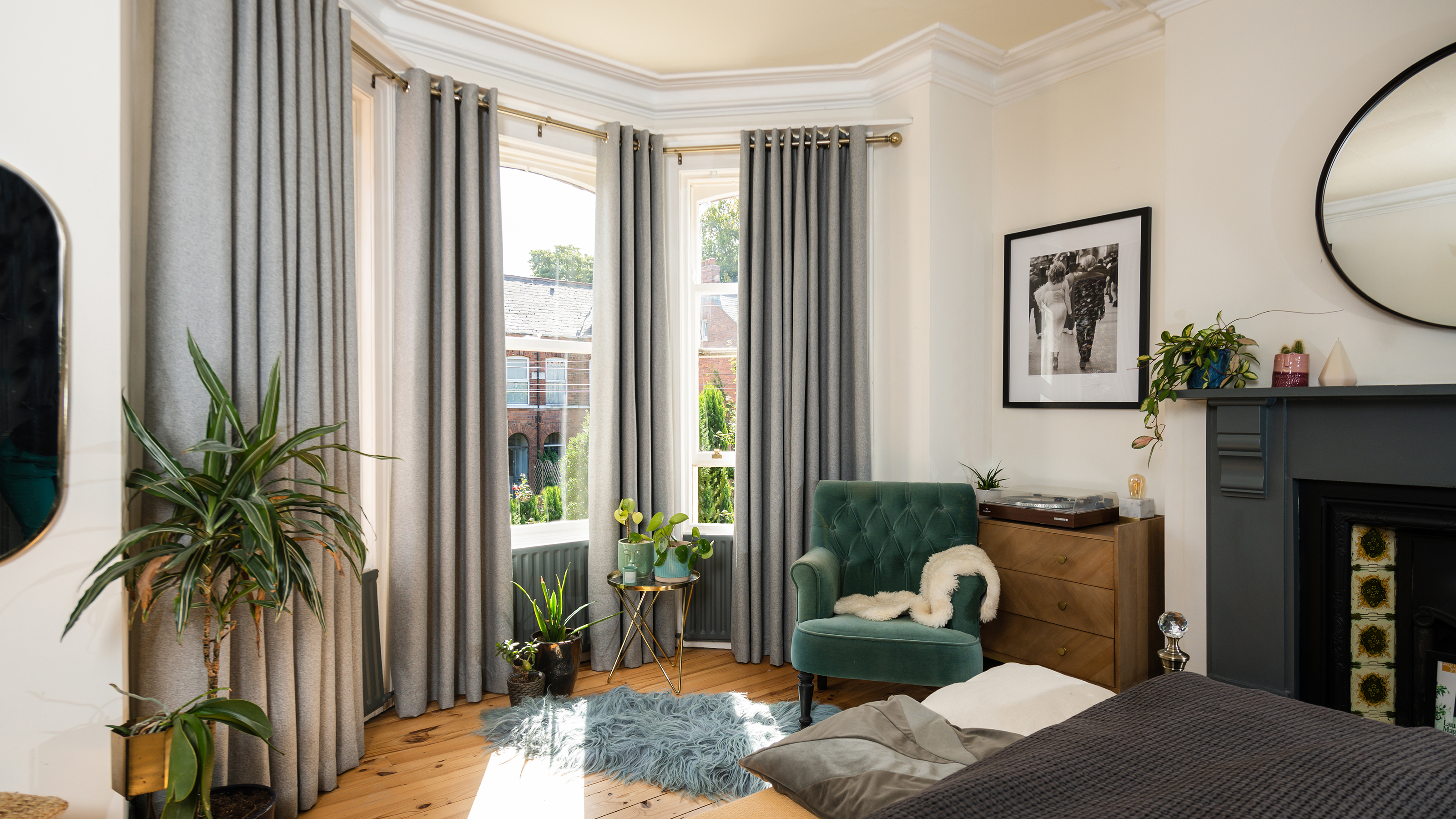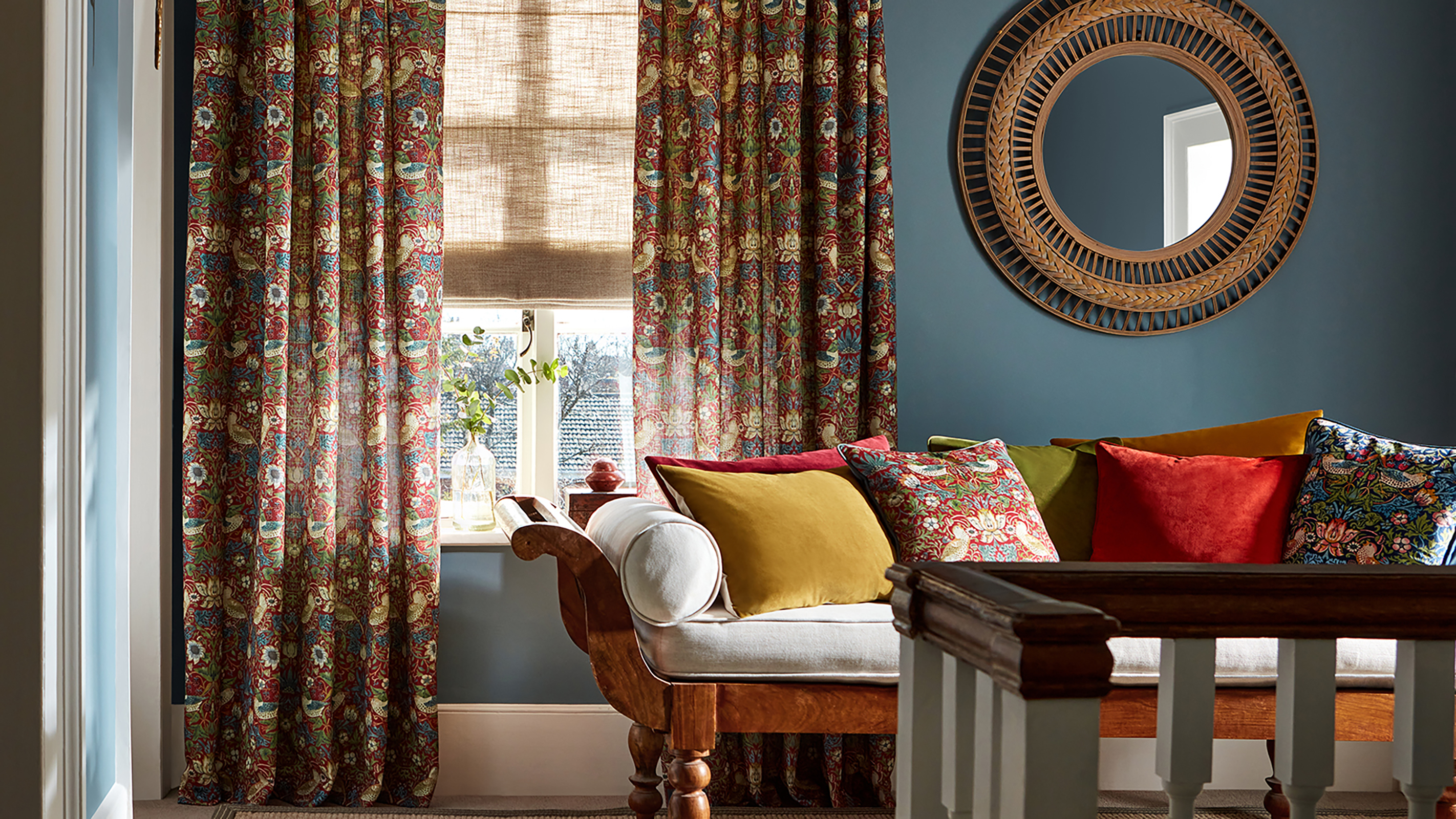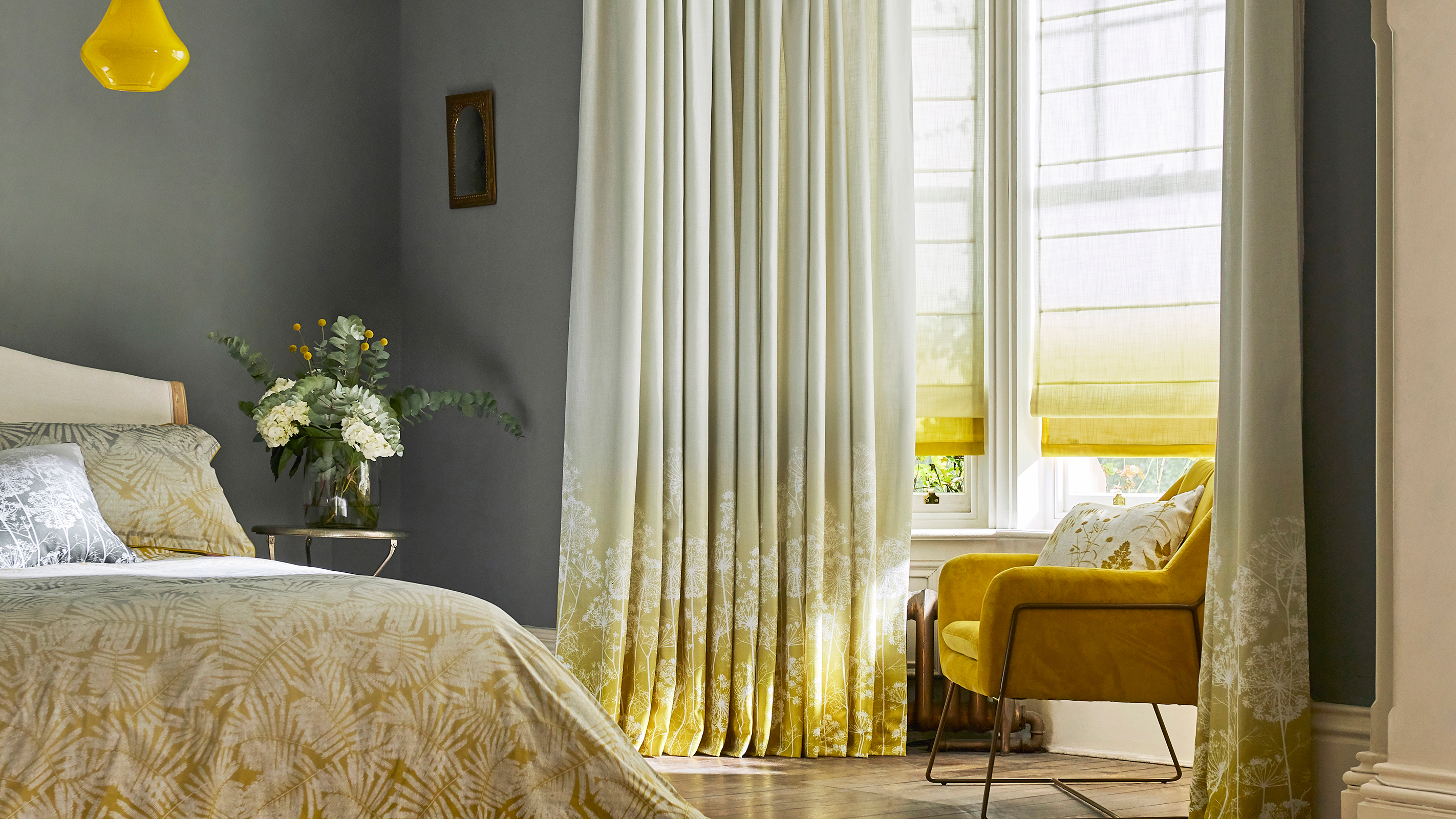Do thermal curtains work and are they right for you?
How do thermal curtains work and are they worth buying? We investigate how beneficial this purchase might be so you can be sure you won't waste money on the wrong products

Do thermal curtains work? It is a question you may well have found yourself uttering of late. With soaring energy prices proving to be something of an ongoing headache for most homeowners right now, anything that might help cut our household bills at the same time as keeping our homes warm and cosy is most welcome.
The use of thermal curtains and blinds is often billed as one of the best energy saving tips around, but is it one that actually works? Here, we take a look at how these products trap heat, how much warmer you can expect a room to feel and whether some types of thermal curtains are better than others. Armed with all this information, you can then decide whether to start shopping around or to stick with your current window dressings instead.
What are thermal curtains?
There are many different ways of insulating windows in order to keep the heat in and the cold out – and hanging thermal curtains is usually pretty near the top of the list. However, these curtains tend to be a little more on the pricey end of the scale compared with standard window dressings, so it is important to understand how they work before splashing out.
The majority of thermal curtains are made from several layers of material as opposed to just one or two – as tends to be the case with standard curtains. Ideally, they should be comprised of at least three layers. These material layers are designed to work together to control the temperature of a room.
"These curtains help to maintain a room’s warmth in a similar way to a winter coat," says Nic Croughan, Fabric Expert and Personal Shopper at Blinds Direct. "Thermal lining improves the R-value (the rating of insulation) while reducing the U-value (thermal transmittance)."
An alternative to thermal curtains are thermal blinds, which might suit your windows better. These commonly feature lots of little honeycomb-shaped pockets that trap the air, resulting in a warmer room. These are a good idea for those after conservatory blind ideas.

Are thermal curtains expensive?
The good news is that there is not a massive difference in price between standard curtains and thermal curtains. Of course, if you were to opt for very flimsy and thin curtains and compare them to a pair of made-to-measure high quality thermal curtains with multiple insulating layers, you would certainly see a significant price difference – but no more so than with standard curtains.
A small (168cm x 137cm) pair of thermal curtains from Dunelm can be picked up for as little as £12.50, although bigger ready-made curtains, made from more eye-catching fabric designs are more likely to cost you upwards of £40 — and it is well worth going for floor-length curtains if you want to ensure maximum heat retention is achieved.
Some companies, such as Blinds 2go, will upgrade your choice of curtains to include a thermal lining at no extra cost.
If you are on a tight budget, you might like to consider purchasing thermal lining and sewing it into your existing curtains yourself. It is readily available. Hachette Blackout Thermal Curtain Lining from Amazon gets rave reviews and requires no sewing at all.

Do thermal curtains work?
So, the big question, is it worth investing in thermal curtains as a way to keep your house warmer and reduce your energy bills?
"Where single-glazed windows cannot be upgraded, for example, if it will be too costly, you live in a conservation area or in a listed building, then thermal curtains will eliminate the cold spots and make the room more comfortable," says energy efficiency expert Tim Pullen.
A recent study carried out by the University of Salford on the thermal performance of window coverings, found that drawing curtains as night falls can reduce heat loss by between 15-17%. However, within that study, they did note that other studies showed it was more the type of curtain and how they were hung that made the biggest difference — fixing the curtains to the wall around the perimeter is one suggestion given out, although how practical this might be on a daily basis is up to you to decide.
While thermal curtains can certainly help a room feel more comfortable, they will obviously never be as effective as upgrading your glazing. They are best used alongside other draught proofing measures if you want the maximum benefit.
"Thermal curtains will not reduce the heat loss from a room much as they do not seal the window, so air movement will still allow heat to escape through the window," explains Tim. "There is no significant energy saving and thermal curtains are not cheap, so I guess it is how much the homeowner is prepared to pay for that extra comfort."
Get the Homebuilding & Renovating Newsletter
Bring your dream home to life with expert advice, how to guides and design inspiration. Sign up for our newsletter and get two free tickets to a Homebuilding & Renovating Show near you.
Natasha was Homebuilding & Renovating’s Associate Content Editor and was a member of the Homebuilding team for over two decades. In her role on Homebuilding & Renovating she imparted her knowledge on a wide range of renovation topics, from window condensation to renovating bathrooms, to removing walls and adding an extension. She continues to write for Homebuilding on these topics, and more. An experienced journalist and renovation expert, she also writes for a number of other homes titles, including Homes & Gardens and Ideal Homes. Over the years Natasha has renovated and carried out a side extension to a Victorian terrace. She is currently living in the rural Edwardian cottage she renovated and extended on a largely DIY basis, living on site for the duration of the project.

